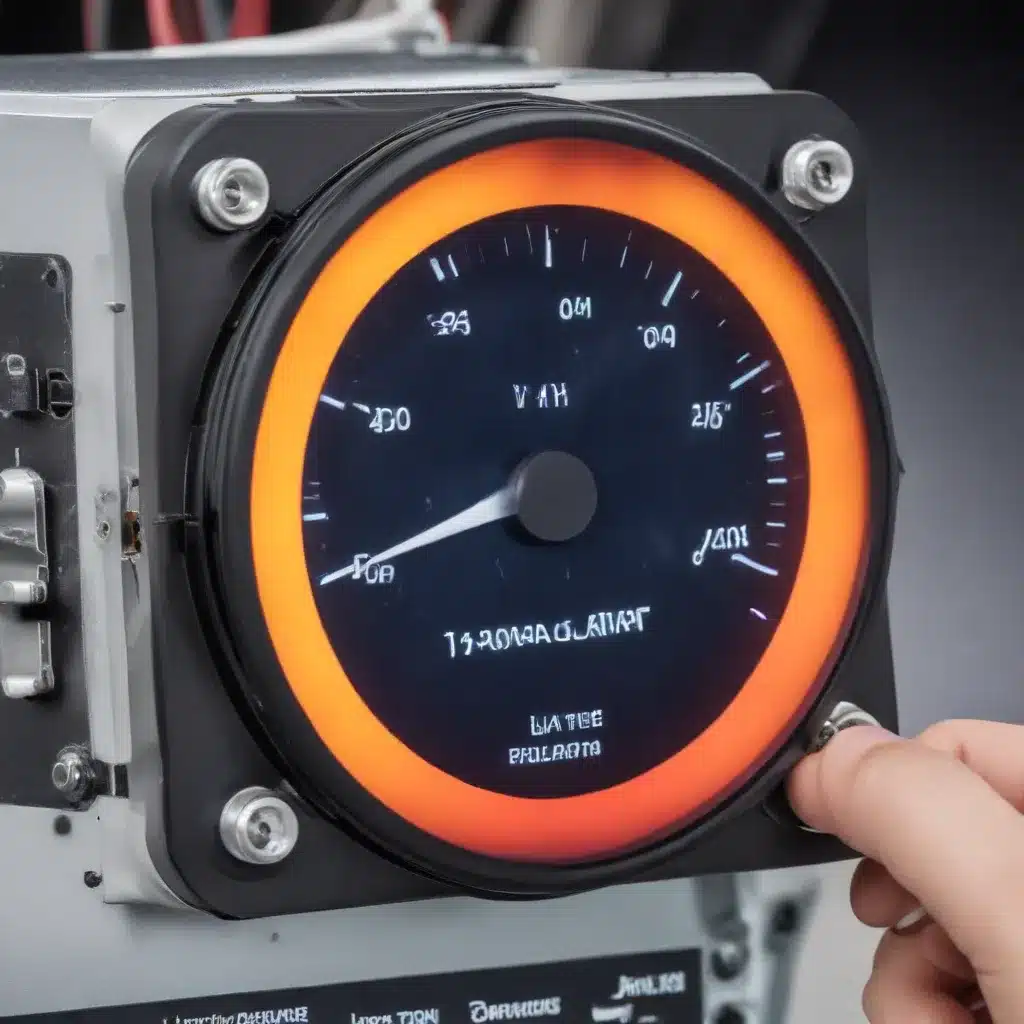
In the ever-evolving world of technology, one of the common challenges faced by IT professionals and enthusiasts alike is the issue of thermal throttling. This phenomenon can severely impact the performance of your devices, leading to frustrating slowdowns and system instability. As an experienced IT expert, I’m here to provide you with a comprehensive guide on identifying and resolving thermal throttling, equipping you with the knowledge and tools to keep your devices running at their peak.
Understanding Thermal Throttling
Thermal throttling is a built-in safeguard mechanism employed by modern processors and other computer components to prevent overheating and potential damage. When a component, such as a CPU or GPU, reaches a critical temperature threshold, it will automatically reduce its performance to generate less heat and maintain a safe operating temperature.
The process of thermal throttling can manifest in various ways, including sudden drops in clock speeds, decreased frame rates in games, or significant lag in performance-intensive applications. These performance issues can be particularly frustrating for users who rely on their devices for tasks that require consistent, high-level processing power.
Identifying the Signs of Thermal Throttling
The first step in resolving thermal throttling is to recognize the telltale signs. Here are some common indicators that your device may be experiencing thermal throttling:
1. Sudden Performance Drops
One of the most obvious signs of thermal throttling is a sudden and dramatic decrease in performance. You may notice your computer or device slowing down, taking longer to respond to inputs, or struggling to maintain a steady frame rate in games or video editing software.
2. Excessive Heat
If your device feels significantly hotter to the touch, especially in areas around the CPU or GPU, it’s a strong indication that thermal throttling is occurring. Components generating excessive heat can trigger the throttling mechanism to kick in and reduce their power consumption.
3. Inconsistent Behavior
Thermal throttling can lead to inconsistent system behavior, where your device may perform well for a short period, only to suddenly experience severe performance issues. This can be particularly noticeable in applications that require sustained high-performance computing.
4. Fan Noise Fluctuations
As a component approaches its thermal limit, the device’s cooling system will work harder to dissipate the heat. This can result in noticeable fluctuations in fan noise, with the fans ramping up and down in an effort to maintain a safe operating temperature.
Troubleshooting Thermal Throttling
Once you’ve identified the signs of thermal throttling, it’s time to take action. Here are some steps you can take to troubleshoot and resolve the issue:
1. Monitor Temperatures
The first step in troubleshooting thermal throttling is to monitor the temperatures of your device’s critical components. Many operating systems and system monitoring tools, such as HWMonitor, CPUID, or Speccy, can provide detailed information about CPU, GPU, and other component temperatures.
2. Ensure Adequate Cooling
Proper cooling is crucial in preventing thermal throttling. Make sure your device’s cooling system is functioning correctly, with no obstructions or dust buildup that could impede airflow. Consider upgrading to a more powerful cooling solution, such as a better CPU cooler or additional case fans, if the temperatures are consistently high.
3. Optimize Airflow and Ventilation
Ensure that your device has adequate airflow and ventilation. Check that the air vents are not obstructed, and consider repositioning the device to improve airflow. In the case of a desktop computer, ensure that it is not placed in a confined space or against a wall, as this can restrict airflow and contribute to overheating.
4. Manage Power Settings
Adjusting your device’s power management settings can also help mitigate thermal throttling. In your device’s power settings, try selecting a “high-performance” or “maximum performance” mode, which may prevent the processor from throttling under heavy loads.
5. Clean and Maintain Your Device
Regular cleaning and maintenance of your device can make a significant difference in its cooling efficiency. Remove any dust or debris buildup from the fans, heatsinks, and other components to improve airflow and heat dissipation.
6. Consider Undervolting
Undervolting, the process of reducing the voltage supplied to the CPU or GPU, can be an effective way to reduce heat generation and prevent thermal throttling. This can be done through your device’s BIOS or specialized software, but proceed with caution, as improper undervolting can lead to system instability.
7. Upgrade or Replace Components
If the above steps do not resolve the thermal throttling issues, it may be necessary to consider upgrading or replacing the problematic components. This could involve upgrading to a more powerful CPU or GPU with better thermal management capabilities, or even replacing the entire device if the cooling system is inadequate.
Keeping Your Devices Running at Peak Performance
By following the steps outlined in this article, you’ll be well on your way to identifying and resolving thermal throttling issues on your devices. Remember, maintaining a healthy thermal environment is crucial for ensuring optimal performance and prolonging the lifespan of your technology.
If you’re interested in learning more about website_homepage_link and the latest IT solutions, be sure to check out our website. Our team of experienced IT professionals is dedicated to providing practical tips and in-depth insights to help you stay ahead of the curve in the ever-evolving world of technology.
Key Takeaways
- Thermal throttling is a built-in mechanism that reduces device performance to prevent overheating and damage.
- Signs of thermal throttling include sudden performance drops, excessive heat, inconsistent behavior, and fan noise fluctuations.
- Monitor temperatures, ensure adequate cooling, manage power settings, and maintain your device to mitigate thermal throttling.
- Consider undervolting or upgrading components if necessary to resolve persistent thermal throttling issues.
- Maintaining a healthy thermal environment is crucial for optimal device performance and longevity.












